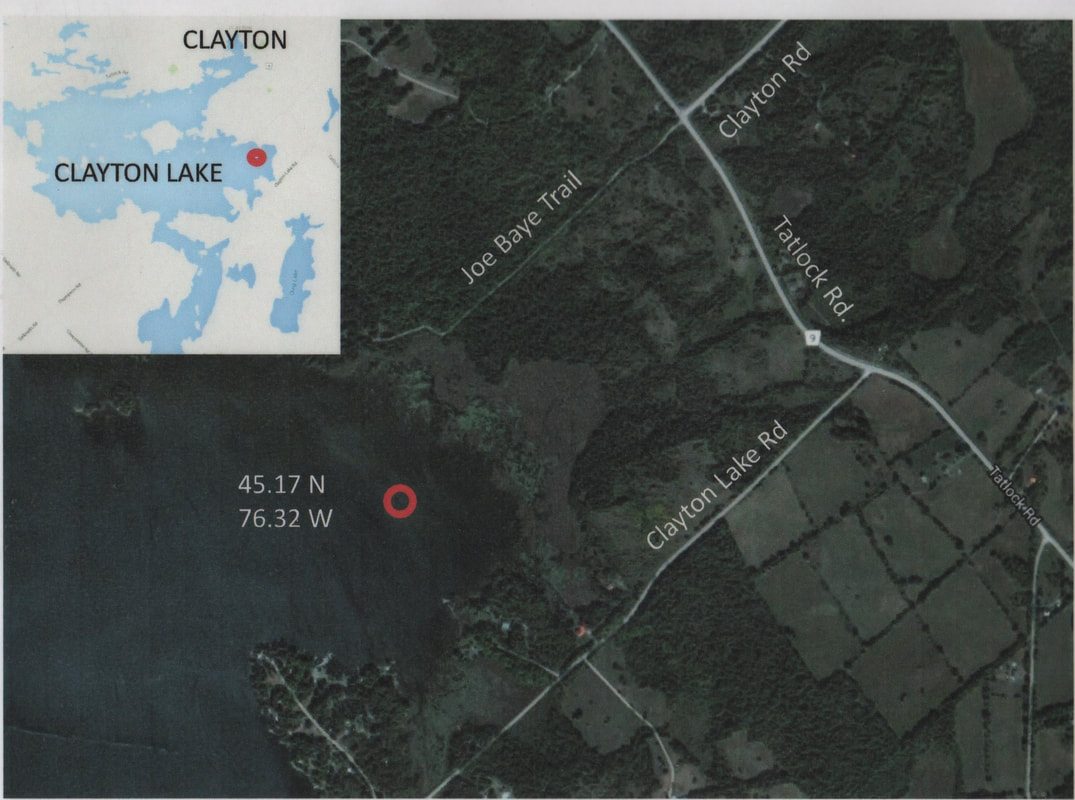|
Most local lakes had shared usage boats. Riven’s Lake, Horn’s Lake, Joe’s Lake, Clayton and Taylor Lakes were known to have such vessels tied up to a tree on the shore waiting for the next person needing transportation across a body of water. Joe Baye was known to keep a few boats on the point where he lived for fishermen to rent. According to Donald McNichol, when tall pine were abundant in the area, a boat would be made from a single pine log twenty six and a half feet long and two feet four inches wide It would be hollowed out with ends roughly hewed to resemble the bow and stern of an Indigenous bark canoe The Middleville and District Museum displays a dugout canoe made of basswood by Wallace Campbell in the early 1900’s. He trapped muskrat, fisher and mink on Campbell’s Creek as it made its way across his farm on its way to Mud Lake. One method of keeping mosquitoes at bay according to James McInnes was to cut four strips of cedar bark about three feet wide and bind these with three alder withes Light one end with a match and then the bundle would be placed in the bow of the boat with the lighted end protruding just inches above the water’s surface. The bark smoldered slowly with fragrant smoke wafting over the canoe to discourage mosquitoes A Cresset was an metal basket structure on a pole that could be attached to end of a boat or to a tree on shore Fishermen would light pine knots on fire in the Cresset to improve their visibility at night and also attract the fish. Be sure to drop by the Middleville and District Museum to view these relics of the local waterways.
0 Comments
Leave a Reply. |
AuthorThis journal is written, researched, and maintained by the volunteers of the Middleville Museum. |






